
By Abraham SELBY
The Internet is a global network of interconnected computers that communicate with each other using standard protocols. It enables the exchange of data and information across vast distances, allowing users to access a wide array of resources, services, and applications.
The Internet facilitates various activities such as communication, information retrieval, e-commerce, entertainment, and collaboration. Tim Berners-Lee, a British computer scientist, is credited with the invention of the World Wide Web in 1989, which greatly popularized the use of the Internet.
Africa’s Internet landscape is rising with increased mobile penetration and growing tech hubs, and the continent is poised for a digital revolution. However, this progress is constantly threatened by a critical vulnerability – its reliance on undersea cables. Recent Internet disruptions in Ghana, caused by damage to undersea cables, highlight the urgent need for a more robust and resilient digital infrastructure in Africa.
Ghana’s Undersea Cable Conundrum
Ghana, a West African nation with a burgeoning digital economy, has been particularly affected by Internet disruptions caused by undersea cable damage. The country relies heavily on undersea cables for its Internet connectivity, with several major cables landing on its shores, including the West Africa Cable System (WACS) and the Africa Coast to Europe (ACE) submarine cable systems.
However, despite investments in improving Internet infrastructure, Ghana continues to grapple with frequent disruptions, much to the frustration of businesses, educational institutions, and individual users.
In recent years, Ghana has experienced several high-profile Internet outages due to undersea cable damage. These disruptions have had far-reaching consequences, impacted various sectors of the economy, and disrupted essential services. For example, in 2020, a cable cut off the coast of Benin caused widespread Internet outages in Ghana, highlighting the vulnerability of the country’s Internet infrastructure to external factors.
Factors Contributing to Africa’s Vulnerability to Undersea Cable Disruptions
There are several factors contributing to Africa’s vulnerability to undersea cable disruptions. Some of these factors include the following:
Limited Infrastructure: Africa has a comparatively lower number of undersea cable landing points compared to other continents. This means that damage to a single cable can have a cascading effect, disrupting Internet access across vast regions.
Geographic Dependence: Many African countries rely heavily on a small number of cable routes. This lack of geographic diversity makes them susceptible to disruptions in specific regions.
Maintenance Challenges: Maintaining and repairing undersea cables is a complex and expensive undertaking. African nations, often with limited resources, may face challenges in ensuring timely repairs.
Undersea Cable Success Stories in Developing Regions
The following are some success stories on the use of undersea cables across some regions.
East Africa Submarine System (EASSy): This 10,000 km cable system which has been operational since 2010, connects Eastern African countries (including South Africa) to the global network. EASSy’s high capacity significantly boosted Internet bandwidth in the region, fostering economic growth through improved communication and e-commerce opportunities. (TeleGeography, 2024)
BRICS Cable: Launched in 2018, this ambitious project provides a high-speed data connection between Brazil, South Africa, India, and China. The BRICS Cable demonstrates the potential for collaboration between developing nations to build a robust digital infrastructure that bypasses traditional routes, fostering greater economic independence and data security. (S. Lee, 2016)
While the recent outage in Ghana serves as a stark reminder of Africa’s digital fragility, it also presents an opportunity to build a more resilient future. The below image shows the overview mapping of the submarine cable (TeleGeography, 2024)
Recommendations
To address the challenges posed by Internet disruptions related to undersea cables, stakeholders in Ghana and across Africa can take several proactive measures:
Diversification of Internet Infrastructure: Ghana should explore diversifying its Internet infrastructure by investing in alternative technologies, such as satellite Internet and terrestrial fiber-optic networks. By diversifying its connectivity options, Ghana can reduce its dependence on undersea cables and improve resilience against disruptions.
Investment in Cable Maintenance and Repair: To prevent and mitigate cable faults, Ghana should work closely with international partners and submarine cable operators to invest in regular maintenance and repair activities. This includes implementing proactive monitoring systems and establishing rapid response mechanisms to address cable cuts promptly.
Capacity-Building and Technical Expertise: Ghana should prioritize capacity-building initiatives to enhance local technical expertise in managing and maintaining undersea cable infrastructure. By training local personnel in cable installation, maintenance, and repair techniques, Ghana can build a skilled workforce capable of managing its Internet infrastructure effectively.
Collaboration with Regional Partners: Collaboration with neighboring countries and regional organizations can enhance Ghana’s ability to address Internet disruptions collectively. By sharing resources, expertise, and best practices, African countries can strengthen their resilience to cable-related disruptions and promote regional connectivity initiatives.
Promotion of Redundant Connectivity: Ghana should encourage the development of redundant connectivity routes and backup systems to ensure the continuity of Internet services during cable outages. This may involve establishing alternative routes for Internet traffic and investing in backup satellite links to maintain connectivity in emergencies.
Conclusion
Internet disruptions caused by undersea cable damage pose significant challenges to Africa’s digital transformation and economic development. The recent Internet disruptions in Ghana serve as a wake-up call for Africa. Building a more resilient digital infrastructure is not just about ensuring uninterrupted Internet access; it is about unlocking the continent’s full economic potential and empowering its citizens in the digital age.
By working together, governments, the private sector, and international organizations can implement the recommendations outlined above while fostering collaboration among stakeholders, Ghana and other African countries can navigate the waves of Internet disruptions more effectively, ensuring that all citizens have access to reliable and uninterrupted Internet connectivity in the digital age.
Selby is a Digital Analyst by trade, and a member of esteemed organizations such as the Internet Society (Ghana Chapter), ICANN, UN IGF, EGIGFA, COP workers Guild, PAYAIG and the Institute of ICT Professionals Ghana (IIPGH).
For comments, contact email: [email protected] or [email protected]
The post Africa’s fragile web: internet disruptions and the quest for digital resilience in Ghana appeared first on The Business & Financial Times.
Read Full Story

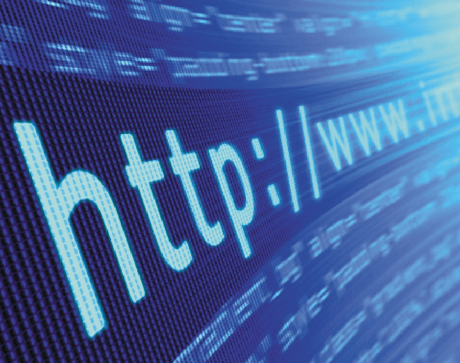
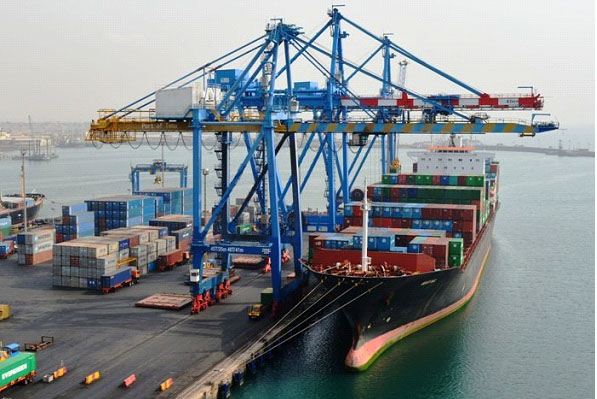




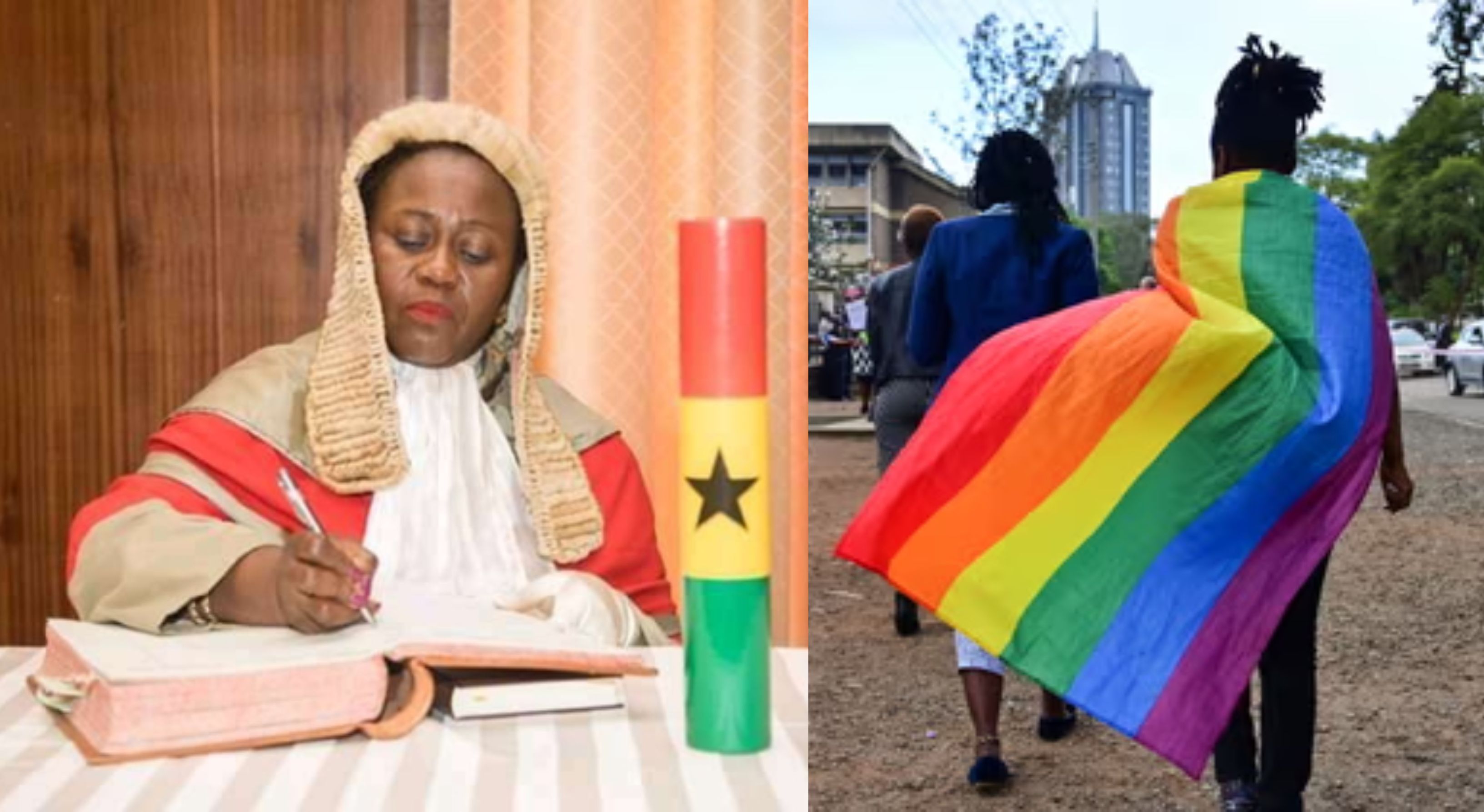
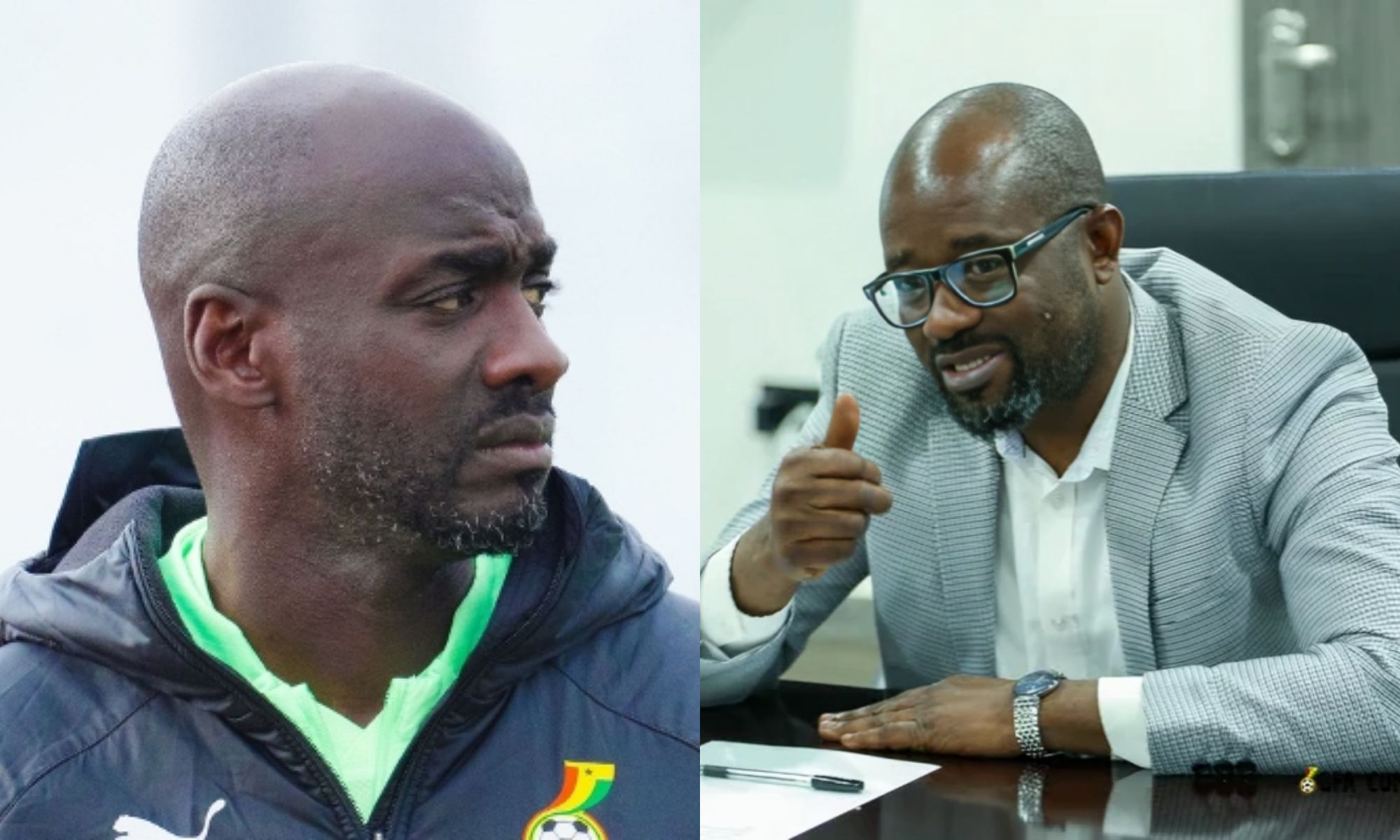


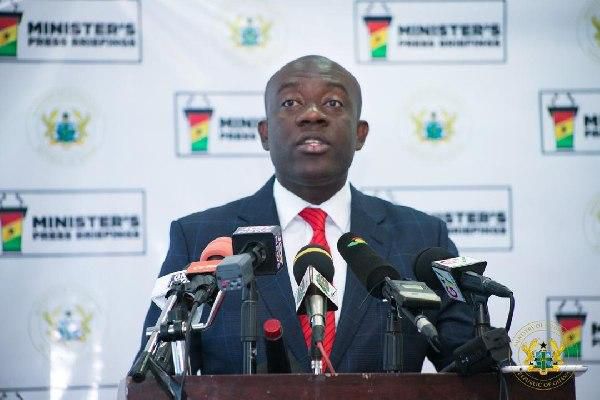


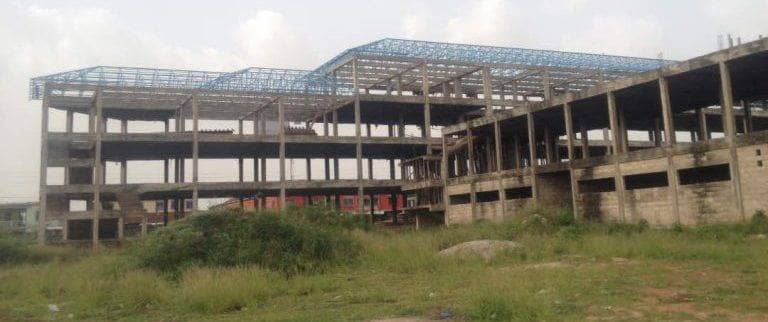
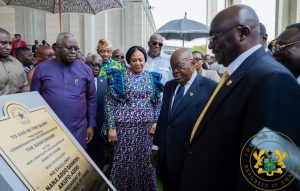
Facebook
Twitter
Pinterest
Instagram
Google+
YouTube
LinkedIn
RSS